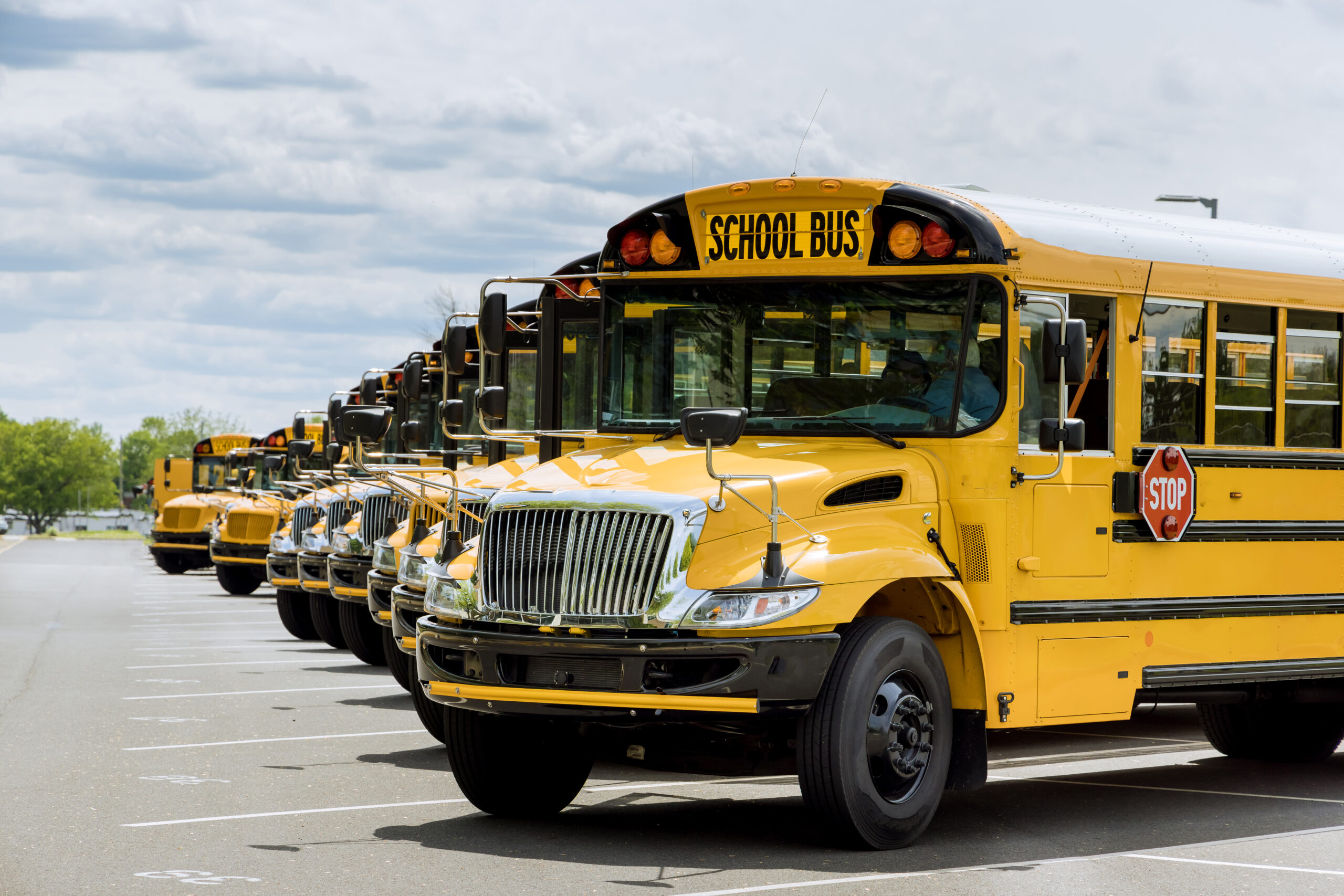
By Tucker Perkins
Tucker Perkins is president and CEO of the Propane Education and Research Council.
In the coming weeks, the Environmental Protection Agency is scheduled to announce its selections for clean school bus rebates. EPA plans to award at least $500 million to high need, low-income public school districts, tribal organizations and nonprofit school transportation services. While much of the funding will likely be awarded for electric school buses, they should not be the default replacement of choice. Research shows that more affordable options can lead to lowering emissions faster.
School buses travel over three billion miles each year, providing transportation to more than 25 million American children every day. The rebates, therefore, have the potential to make a huge impact on air quality and decarbonization by replacing existing school buses powered by diesel. As part of this effort, EPA’s Clean School Bus Program allows applicants to request battery-electric, propane or compressed natural gas buses.
Eliminating diesel-powered buses is a good goal. Diesel fuel has a high carbon intensity, and when burned, emits ground level air pollution that is unhealthy to breathe. Here’s a surprise though — electrification may address some of that problem, but it doesn’t actually solve the climate change issues we face today.
Unfortunately, the U.S. electric grid is not as clean as some may think. While renewable energy is being added at a considerable pace, fossil fuels are still being used to meet peak energy demand. At last check, the average carbon intensity of the U.S. electric grid was approximately 137 grams of CO2 equivalent per megajoule (gCO2eq/MJ). In comparison, conventional propane has a carbon intensity of 79 gCO2eq/MJ, and renewable propane made from the cover crop camelina has a carbon intensity of only 20 gCO2eq/MJ. Leaving conventional diesel behind is a good move, and it can happen today with a combination of clean energy resources.

Rebate applicants and the EPA should also consider cost in their deliberations. At $375,000 each, EV buses with charging infrastructure cost about three times more than a propane-powered bus. The cost-prohibitive nature of electric school buses means school districts may only be able to convert a small portion of their fleets, especially in disadvantaged communities where budgets are often constrained. By choosing propane-powered buses, clean school bus applicants can replace three times the number of buses, which translates into greater CO2 reductions as well as much lower NOx, SOx and particulate matter.
We’re realizing quickly that vehicle electrification is complicated. The environmental benefits are not as obvious as once thought, and the grid is simply not ready to service the load. Fleet electrification is even more complex. The journalist H.L. Menken once said, “For every complex problem, there’s a solution that is simple, neat, and wrong.”
According to the U.S. Energy Information Administration, approximately 60% of U.S. electricity still comes from fossil fuels. The cleanliness of the grid varies by state, so it’s important to understand how electricity is being produced regionally.
While we’re seeing major investments in renewable energy, the energy transition is not happening at a fast enough pace to keep up with load growth. Transmission infrastructure delays and permitting requirements are two major challenges that must be overcome to help accelerate grid decarbonization. Grid operators like PJM have announced concerns about being able to reliably serve demand due to the intermittent nature of renewables and the retirement of older, dirtier power plants.
It’s not wrong to try and eliminate things like diesel fuel because clean, affordable alternatives are available today. This is the wide path ahead — using a variety of ever-cleaner technologies to match up to virtually every possible energy-intensive challenge. We applaud EPA’s Clean School Bus Program and hope to see the agency’s awards embrace a holistic view.




